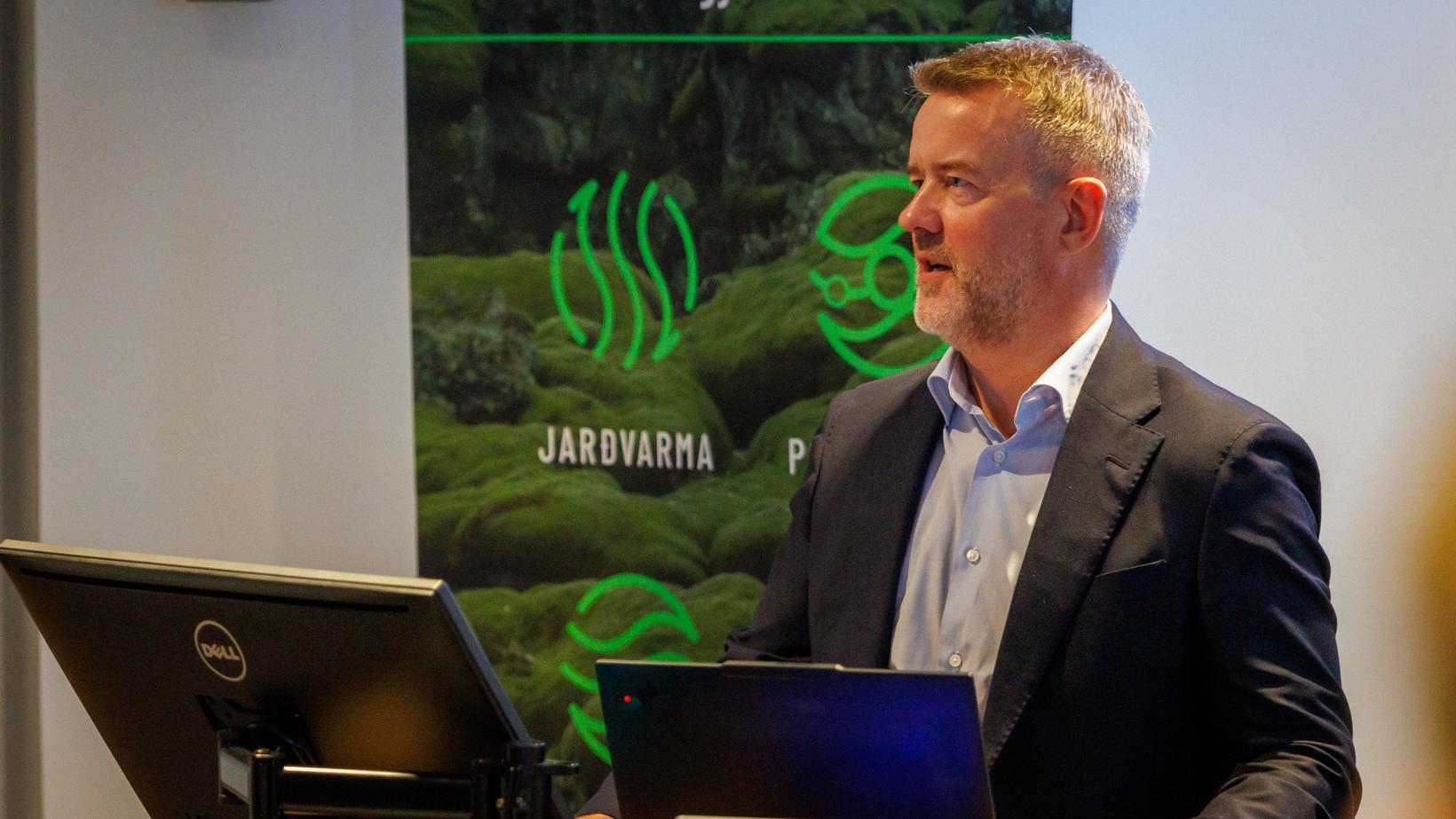Review: Jesmy Wards « In the Depth of the blind world »

« The first weapon I ever held was my mother’s hand. »
So the award -winning Jesmy Ward begins his fourth novel, « In the Depth of the World », which takes place in the American South during slavery’s most cruelest heyday. The bodies of the enslaved are considered as tools to wear out and throw aside. But Anni’s mother’s body is thus a weapon, as is her grandmother’s: the brave Mama Aza who used to chase elephants with spear.
It does not save them. Mama Aza is enslaved and sent across the Atlantic. Anni’s mother is raped by her master and is forced to give birth to his children. And Annis, the child in question, listens to the door when her white half -sisters informer teaches them about Dante’s « Inferno ». Soon her mother will be moved away from her, and Annis must start her own descent through the hell of the American Söder.
The underworld motif runs through The whole story, so even when Annis is sold and forced out on a death march against New Orlean’s slave markets. These chapters, when she is bound together with other women and are forced to walk day and night, are actually physically painful to read. Annis carries her pain in silence, but it howls from the book pages. Discussed feet, starvation ribs and burns become physical manifestations of slavery’s cruelty.
But Ward cannot be accused of gotten himself in the horrors. It is not just pain and horrors that are contained in the text. At least as great are the moments of tenderness, when Anni’s wounded body may well face pleasure in the form of a kiss or a raindrop against the cheek.
On the hike, Anni’s supernatural company of Aza, a spirit, sprung from a storm across the Atlantic, which has taken her grandmother’s name and form. Walds that manifest themselves in response to a violent past often appear in Ward’s novels, but here they are even clearer than previously linked to the place itself and the abuses that have happened there. During the course of the story, Annis also encounters other spirits representing the other elements – the water that predicts, the fire that remembers, the blood -saturated earth that still hungry for more.
I think she could have taken the involvement of the spirits even longer
Here I suspect that the views on the novel will fall apart. Some will sigh over the supernatural elements and think that they disturb the brutal realism that Ward otherwise does not weigh in on. I myself think she could have taken the involvement of the spirits even longer. I would have liked to have seen that ward gave them more to do, let them carry a little more of the story’s weight, instead of just acting as a vessel for its symbolism.
As it is now, they seem most in the background, as a kind of increased environmental description, while Annis continues down on her hell. It is only when she has reached the bottom, when she has found the heart of darkness in Louisiana’s swamps and abandoned all the hope that she can see a way forward and up: “My people could take everything that plagues and hostage them and use it to strengthen seams, so and reap, rusty with fat to become resistant, in their crushing in their crushing, because there are jumps in their crusty. Whisper: My people sing in the fields. Was this what Aza meant when she said my people would get out of depth? «
In a similar way, Ward could describe his own authorship. She has taken the oppressive violence that has built her country and used it to strengthen her formulation ability and her peculiar storytelling style. It is not at all undeserved that she was often called Toni Morrison’s heir.
Read more texts of Johanna Käck And more reviews of current books in DN Culture.







